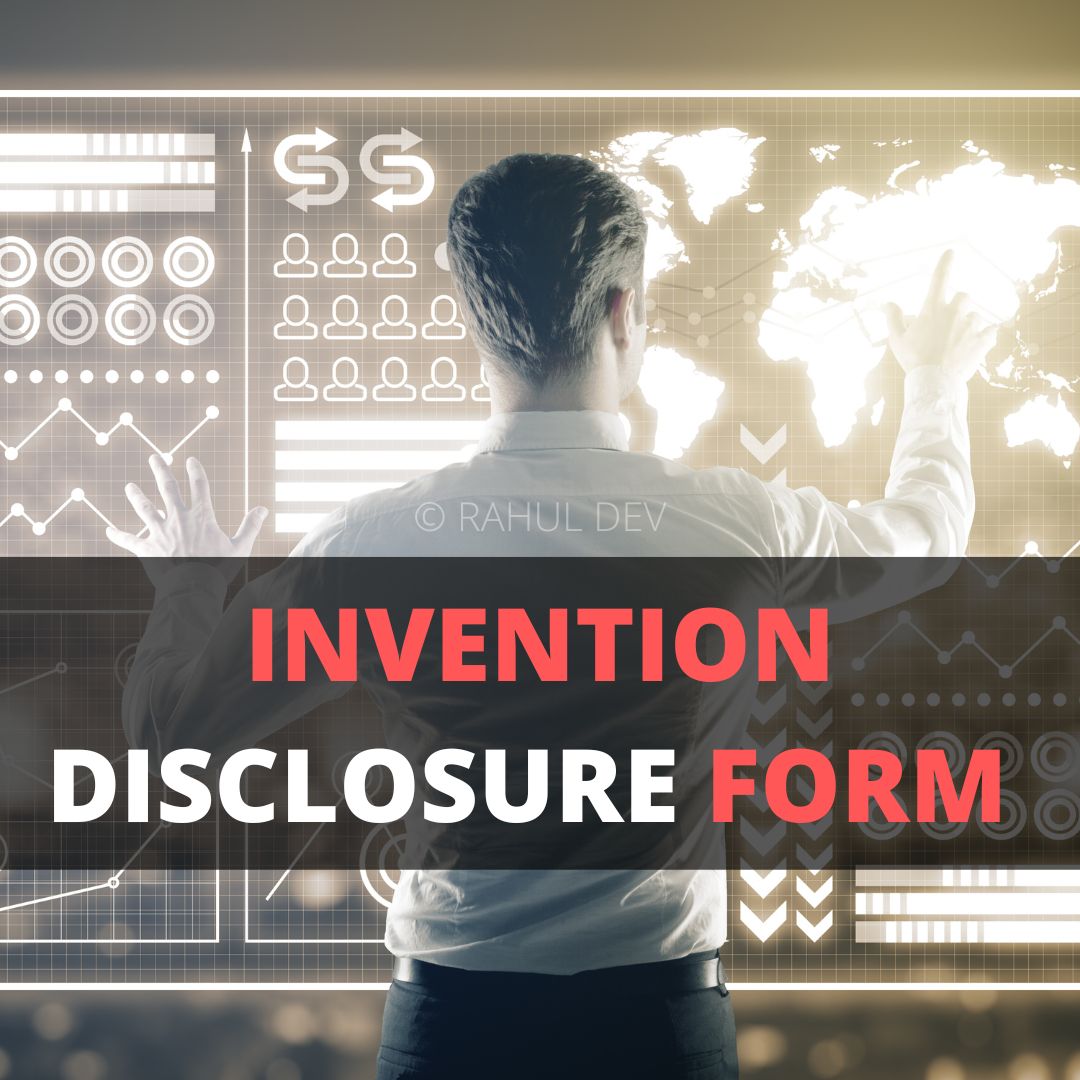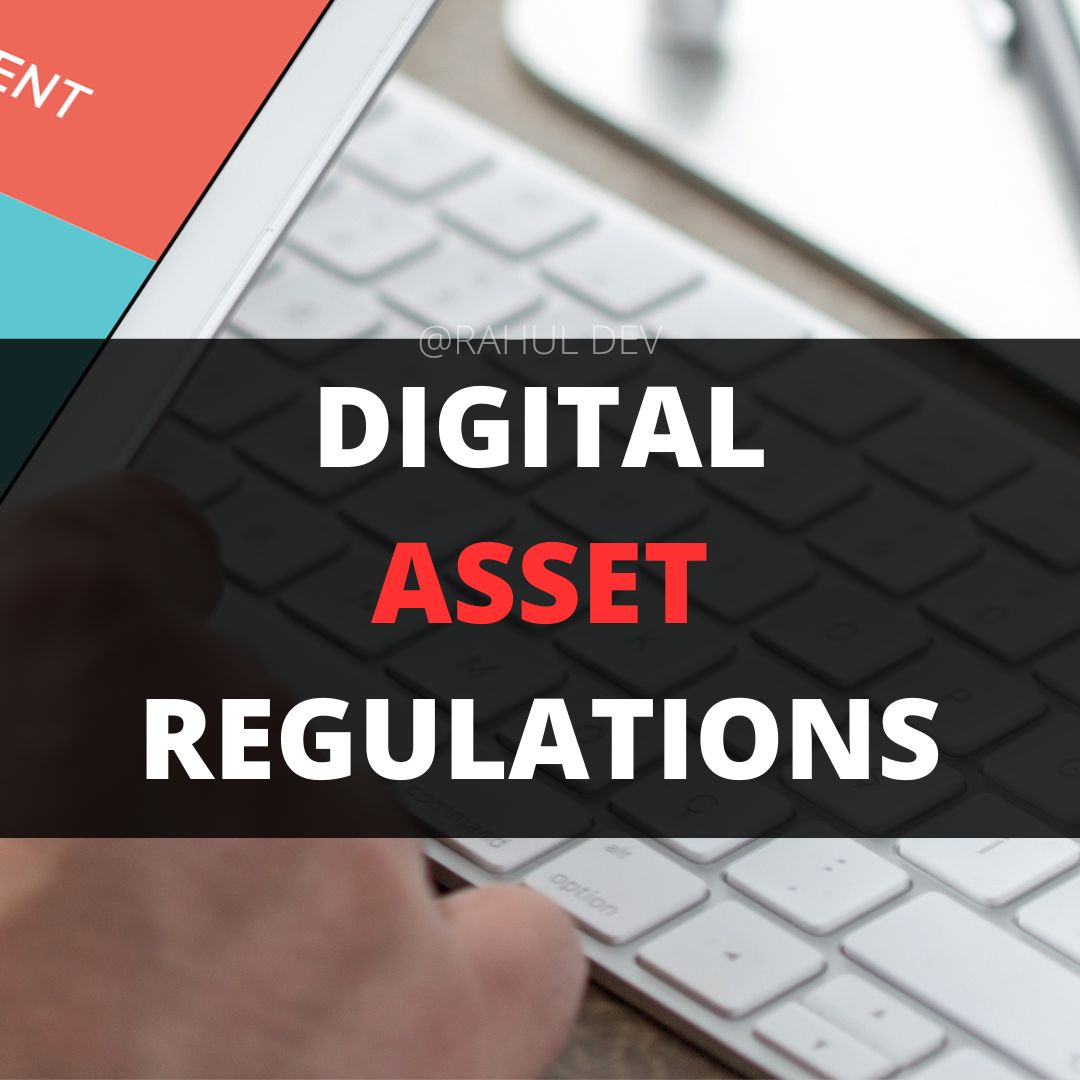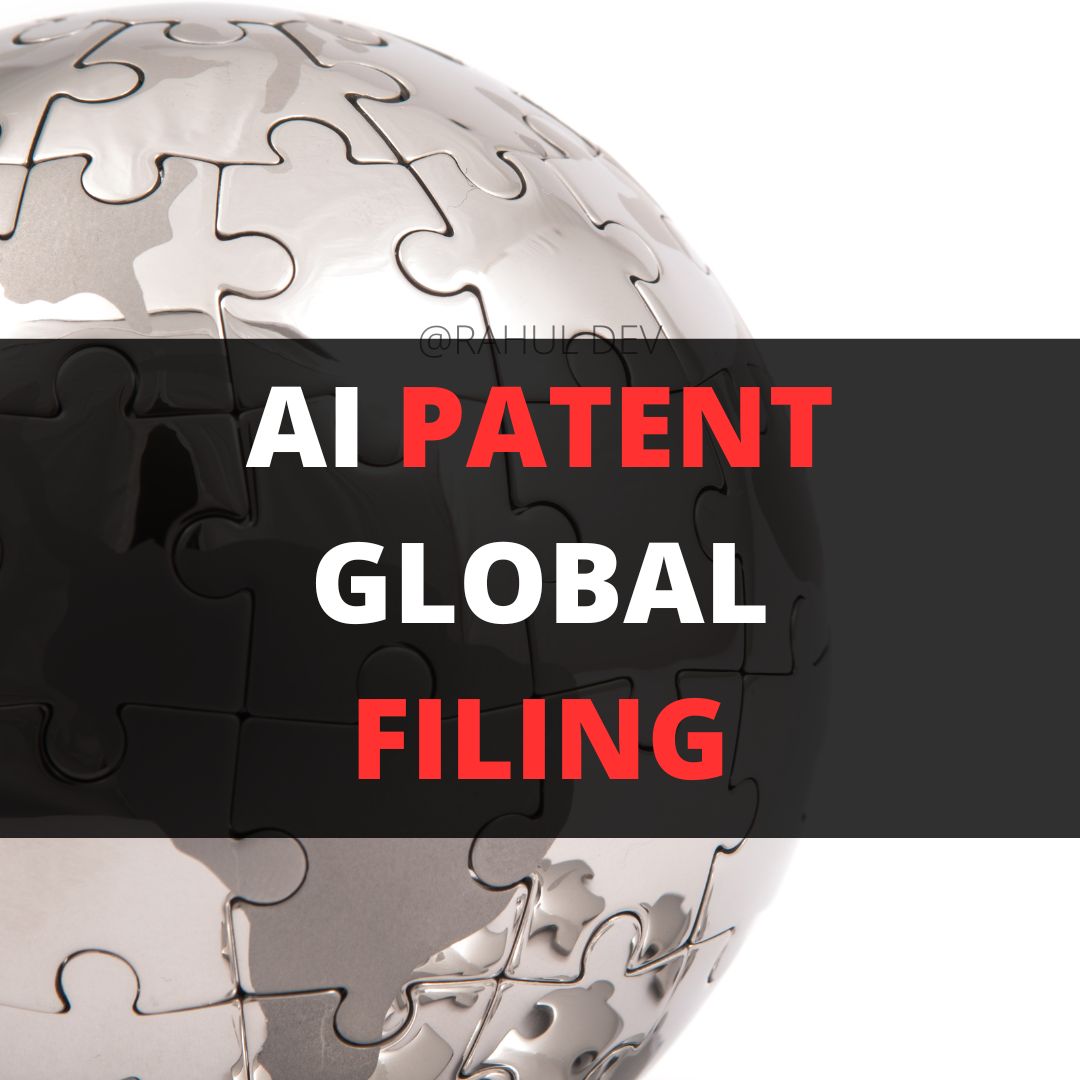

In most countries around the world, it is required that either the inventor, the inventor’s agent, or the attorney responsible for preparing the patent application disclose all information that they have regarding the patentability of the application the patent office. Therefore, patent applications include an information disclosure statement, which has all of this information. It is expected that all the relevant details be presented in good faith.
The information disclosure statement consists of two parts. The first part is a list that consists of all the publications, issued patents, magazines, books, scientific articles that have appeared in journals, or any other information that there might be. The second part is a succinct explanation that justifies the relevance of each item that has been listed which is not in a language that is recognized by the patent office.
Preparing an information disclosure statement allows for the preparation of a better patent application as well. While preparing the information disclosure statement, the practitioner has to take into account all the prior art when drafting any claims in the application. Therefore, it becomes easier to explain why the references are relevant. This in turn helps build a better, stronger patent application as well.
A formal declaration that the inventor is prepared to move forward with patenting the idea is made in the invention disclosure form that is shared with the patent attorney, which details the specifics of an invention. This form will have all the information needed to proceed with the patent filing process, such as specifics on how the invention functions, what it accomplishes, and how it may be improved.
Because it contains all the information required to submit an application to the patent office, the Invention Disclosure Form is a crucial component of any patent filing process. All the inventors, whether filing jointly or separately, as well as any additional parties who may have assisted in creating or improving the invention during its development stage, must complete the form.
When filing for a patent, an inventor must complete an Invention Disclosure Form (IDF). This form must contain information about the date of the invention. It must also include a description of the invention. It should also answer questions regarding commercialization. Specifically, an applicant should answer questions about how the invention will benefit consumers and the industry. This form is the first step in seeking patent protection for an invention. An inventor must demonstrate that his invention is new and useful and must improve upon an existing technology. An inventor may not be the first to disclose an idea, but he or she should do so as early as possible. In addition, the disclosure should include information on when the first public disclosure, sale, or commercial activity took place.
An inventor must include key terms used to describe the invention. He or she should also include drawings, diagrams, and test results. It is also important to include photographs of the invention, if they exist. The description of the invention should include details on its benefits, advantages, and disadvantages, as well as a list of relevant prior art.
Our team of advanced patent attorneys assists clients with patent searches, drafting patent applications, and patent (intellectual property) agreements, including licensing and non-disclosure agreements.
Advocate Rahul Dev is a Patent Attorney & International Business Lawyer practicing Technology, Intellectual Property & Corporate Laws. He is reachable at rd (at) patentbusinesslawyer (dot) com & @rdpatentlawyer on Twitter.
Quoted in and contributed to 50+ national & international publications (Bloomberg, FirstPost, SwissInfo, Outlook Money, Yahoo News, Times of India, Economic Times, Business Standard, Quartz, Global Legal Post, International Bar Association, LawAsia, BioSpectrum Asia, Digital News Asia, e27, Leaders Speak, Entrepreneur India, VCCircle, AutoTech).
Regularly invited to speak at international & national platforms (conferences, TV channels, seminars, corporate trainings, government workshops) on technology, patents, business strategy, legal developments, leadership & management.
Working closely with patent attorneys along with international law firms with significant experience with lawyers in Asia Pacific providing services to clients in US and Europe. Flagship services include international patent and trademark filings, patent services in India and global patent consulting services.
Global Blockchain Lawyers (www.GlobalBlockchainLawyers.com) is a digital platform to discuss legal issues, latest technology and legal developments, and applicable laws in the dynamic field of Digital Currency, Blockchain, Bitcoin, Cryptocurrency and raising capital through the sale of tokens or coins (ICO or Initial Coin Offerings).
Blockchain ecosystem in India is evolving at a rapid pace and a proactive legal approach is required by blockchain lawyers in India to understand the complex nature of applicable laws and regulations.



